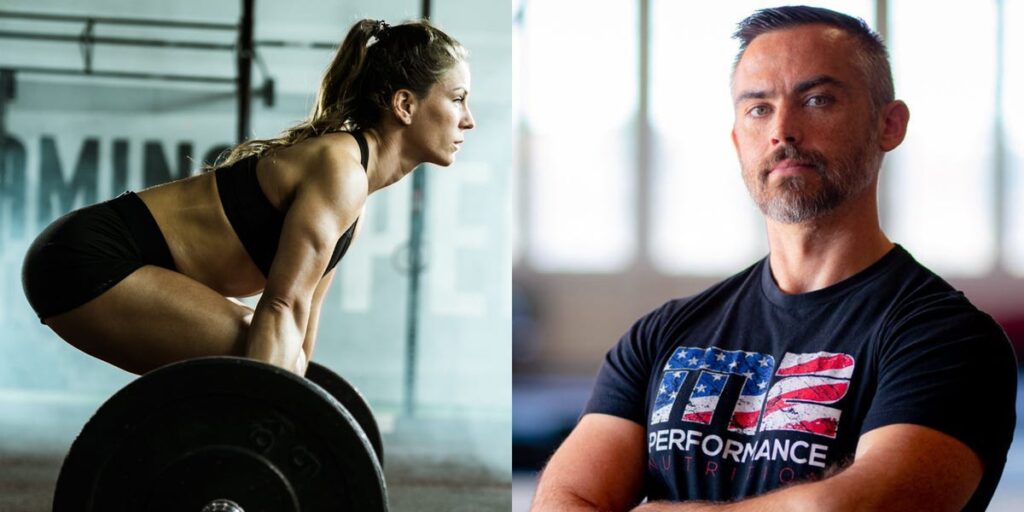Being lean or training like an athlete doesn’t guarantee you’re fit or investing in your longevity: That’s what elite athlete nutrition coach Mike Molloy wants people to understand about balancing health, aesthetics, and performance.
From Silicon Valley to Wall Street and beyond, there’s cultural capital to be found in being ripped, extremely fit — think of how CrossFit has turned white-collar workers into part-time athletes — while being plugged into the latest trends in longevity.
But prioritizing one to the extreme will cause one if not two of the other areas to suffer.
Molloy thinks of it as a Venn diagram: The goals overlap, and the average person would likely improve all three areas by eating better and exercising more.
Molloy told Business Insider how to find a balance between the three.
Switching focus periodically
“There’s an amount of training that’s going to help you get strong. There’s an amount of training that’s going to help you to lean out (with nutrition and everything too). And then there’s an amount that’s going to help you to perform at the highest levels of human performance,” Molloy, who works with Olympians and professional CrossFit athletes, said.
Balancing the three requires compromise, Molloy said. He achieves this by recognizing that the core foundation of each goal is the same: eight hours of sleep each night, prioritizing protein at each meal, and eating a good amount of micronutrient-dense, minimally processed foods.
“From there, I try to spend a few months each year a bit more focused on one aspect of the Venn diagram,” Molloy said. “So four months might revolve around training for a Spartan Race or CrossFit competition, four months might be focused on leaning out a bit more (say, before summer), and four months might be more focused on doing everything I can to maximize my physical and mental health.”
A lean body isn’t necessarily a healthy body
Many people want to lose fat, build muscle, and look like bodybuilders, but it’s a misconception that the fittest, healthiest version of yourself is also the leanest, Molloy said.
“The people that get the leanest, that go on to do these bodybuilding shows or these figure competitions, they are not, when they step on that stage, the healthiest versions of themselves by any stretch of the imagination,” Molloy said.
Many former bodybuilders and bikini competitors have later revealed that they were unhealthy and felt awful despite looking in “peak” physique at their leanest.
“Their sex hormones are probably in the trash, thyroid hormones are way down, hunger hormones are way up,” Molloy said. “That’s problematic.”
For instance, viewed from the perspective of Molloy’s Venn diagram, being too lean can affect both a woman’s performance and her physical health.
“Getting to 12% or 13% body fat may actually be negative for performance, especially if a woman is training with intensity in a sport like Hyrox or CrossFit, because when you get down to that low of a body fat, there are usually changes to hormonal aspects that are negative for performance,” Molloy said
When a woman’s body fat levels get too low, the body starts to shut down non-essential functions that are critical for performance, Molloy said. For example, estrogen, which helps to build muscle, drops.
Similarly, overexercising or cutting calories too low may cause the body to pause the menstrual cycle to prevent a person from conceiving at a time of stress, Molloy explained.
Overtraining takes its toll on the body
Meanwhile, training intensely most days is not necessarily the best for your longevity.
He gave the example of a CrossFit athlete: “Training three, four, five hours a day is going to make you very fit, but we shouldn’t confuse that fitness with long-term health.”
Molloy explained that high-intensity training leads to a lot of physical wear and tear on the body as well as what’s known as oxidative damage, where an imbalance of free radicals in the body’s cells can result in tissue damage, aging, and the development of conditions such as cancer, diabetes, and heart disease.
Molloy said many elite athletes essentially trade long-term health for elite performance, experiences, and, in some sports, “a boatload of money.”
“If you really want to chase anything to the extreme, there are going to be sacrifices that you’re going to have to make to other aspects of your aesthetics or your health,” Molloy said.
Read the full article here
















